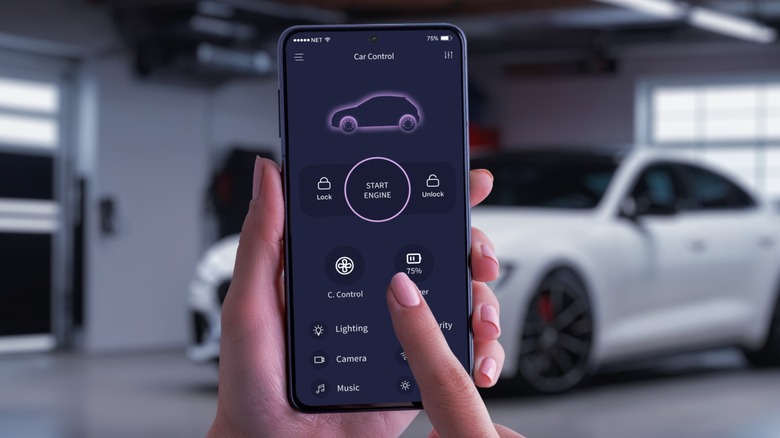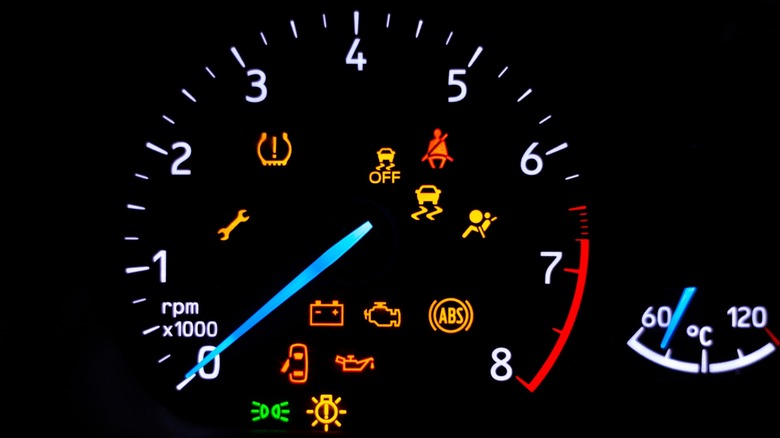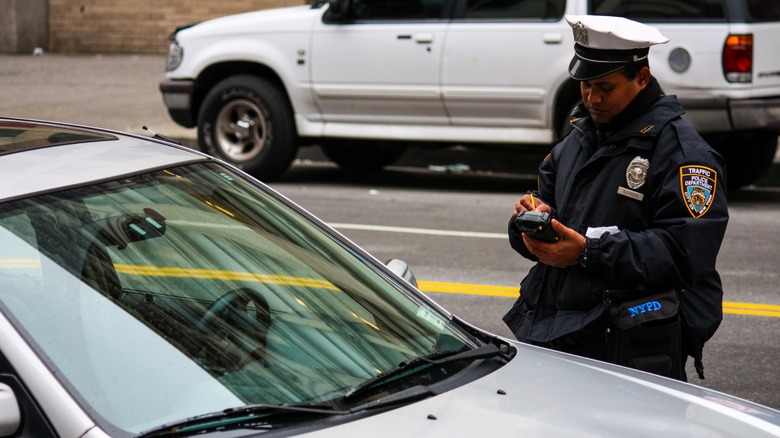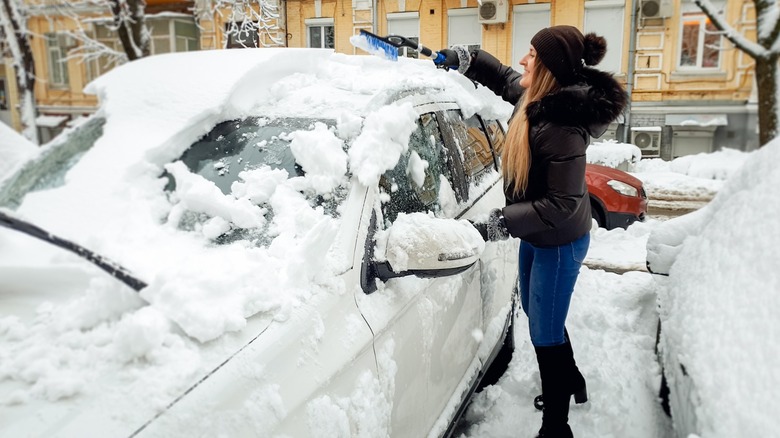Is Remote Start Bad For Your Car's Engine? Dispelling Common Myths Around The Feature
Over the years, I've had a few cars with a remote start feature. While many new cars come equipped with remote start these days, adding remote start to your car before winter sets in is a cost effective way to improve your quality of your life, especially if you park it outside. If you're not sure whether or not your car has a remote start feature, the answer may be as simple as pushing a few buttons.
One Ford F-150 I purchased had a remote start that the salesperson didn't even know about. I didn't know it either until I was walking out with the keys and noticed an oddly marked button on the key fob. When I pushed it twice, the truck's engine roared to life to the surprise of both the salesperson and myself. He jokingly suggested we renegotiate the deal based on the hidden feature on the truck's key fob, or at least I think he was joking.
While using a remote start system won't cause damage to your engine, it can cause problems if something goes wrong. There are other myths, some with a basis in fact, that surround remote start systems as well.
Can using remote start harm your car's engine?
The act of starting your car remotely doesn't have any adverse effects on your car's engine. However, there are a couple of things to consider. First, it's always a good idea to keep an eye on your dashboard gauges and warning lights when you start your car. Warnings for issues like low tire pressure can be addressed later. However, if you're waiting until the last minute to leave by using remote start, a low tire could make you late. More critical issues like low coolant or low oil pressure — warnings that won't be seen when using remote start — could lead to engine damage if the engine is left running.
Secondly, car engines aren't designed to idle for extended periods of time. Many people think it's necessary to warm up their car's engine before driving, especially when it's cold outside. However, all your car really needs is about 30 seconds to get the oil circulating through the engine before driving in a reasonable manner.
Is it illegal to remote start your car?
We consulted several state motor vehicle agencies and the EPA's website for answers regarding the legality of using a car's remote start. While there's nothing immediately evident to suggest that using your remote start system to start your car is illegal, most states have laws on the books that prohibit leaving your car running unattended or letting it idle for more than a specified length of time.
Some of the anti-idling laws have been on the books far longer than remote start systems were popular in cars. The reasoning behind most of those laws stem from an effort to reduce opportunities for car theft and fears of unattended running cars terrorizing citizens.
It's likely the laws have remained unchanged to date due to environmental concerns around emissions from idling car engines. While an engine at idle produces fewer emissions than when it's motoring on the highway, it's still more than the zero emissions from an engine that's switched off.
Does using remote start waste gas?
An idling engine still uses gas. According to information from the U.S. Department of Energy published in 2015, a 2.0-liter engine (gasoline or diesel) consumes around 0.16 gallons (roughly $0.48 at current national average prices) per hour of idling. While the gas used to idle a small car engine for 20 minutes only adds up to about $0.16, arguably worth the investment to simplify scraping ice from your windows, it's not zero.
Larger displacement gasoline car engines, classified as 4.6-liter types, used more than twice as much fuel (0.39 gallons per hour) while idling according to the report. A diesel-powered transit bus engine used the most fuel while idling, at 0.97 gallons per hour. For comparison, a diesel engine in a semi-truck used 0.64 gallons per hour at idle.
Technically, the wasted fuel isn't caused by the remote start. It's just the result of allowing the engine to idle longer than necessary. In the winter months, frosted or ice-covered windows are best cleared for optimal outward vision by warming the inside of the car before driving. Using remote start to get the engine running simplifies the process, especially if the doors are frozen or covered in snow. However, if you live in a state with anti-idling laws, it's best to stay with your car, or have it in sight in some cases, while it's running.



